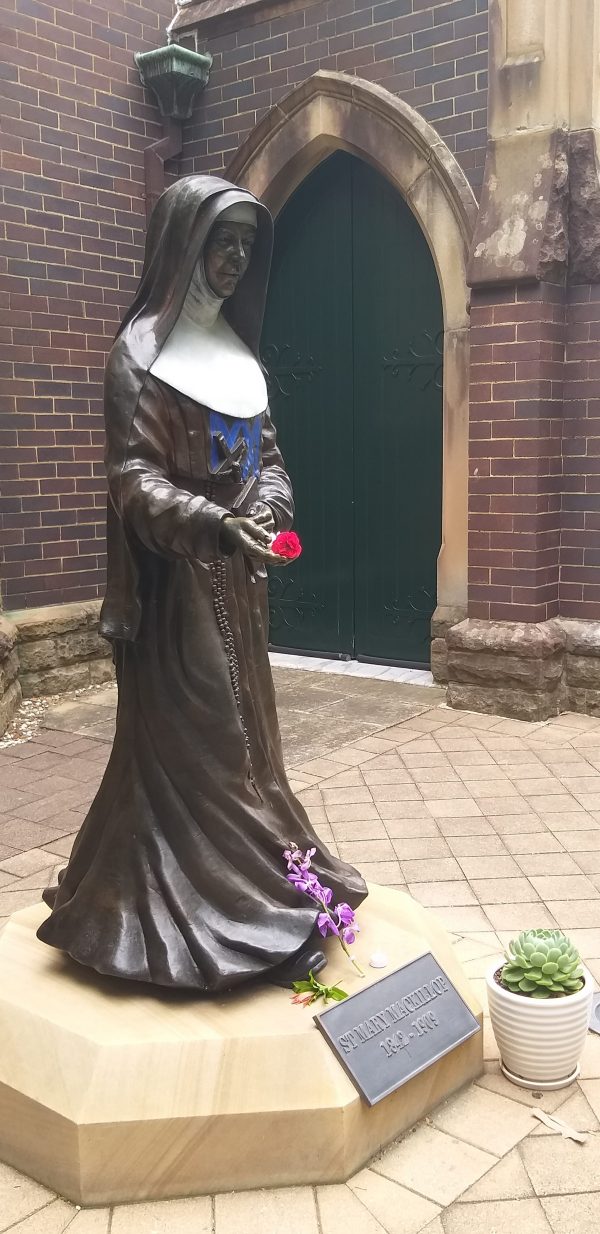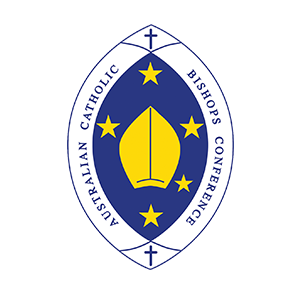Catching up with the Conferences
In mid-December, I met with my counterparts at Catholic Religious Australia (CRA) and Australian Catholic Bishops Conference (ACBC).
 CRA
CRA
It is nearly a year since I last met Anne Walker, National Executive Director of CRA. At that time their office was in Annandale. When I met with Anne on 11 Dec 2018, it was at CRA’s new base in North Sydney, in the building next to the Mary MacKillop Chapel.
CRA has about 150 Religious Institute members. As you can imagine there is tremendous variety among these Religious Institutes in terms of: size, resources, ministries, lifestyles, charisms and priorities.
AMPJP received tremendous support from CRA in our establishment period. Their support has continued with invitations for AMPJP and its members to attend CRA workshops and information sessions on topics that are also relevant to us, e.g., National Redress Scheme.
Anne and I are keen to ensure that mutual support and regular communication remain characteristics of the AMPJP and CRA relationship.
ACBC
While I have met Fr Stephen Hackett MSC at various functions over the past year, my meeting with him on 12 Dec 2018 was our first solo meeting. We met at his office in Canberra.
In a similar way to CRA, the ACBC leadership and Secretariat have long supported the growth of AMPJP and its members. This has been true of the ACBC past President, Archbishop Denis Hart and the current ACBC President, Archbishop Mark Coleridge. Invitations were extended for AMPJP to participate in ACBC information sessions such as at the conclusion of the Truth Justice and Healing Council.
In my meeting with Stephen I reassured him of the AMPJP’s intention to continue regular communication and cooperation with ACBC. We hope to help the ACBC to build broad and participatory approaches to Church governance.
I pointed out that while the AMPJP has very limited resources we are still keen to assist with whole of Church issues as much as is relevant and within our capacity. For example, over the past year we have provided a representative to the ACBC workgroup on standards for formation for Church governance and a representative to the ACBC and CRA Implementation Advisory Group (to address recommendations of the Royal Commission into Institutional Responses to Child Sexual Abuse).
——————————————–
Canon law 447 describes the role of the Bishops Conference as an assembly/institution where Bishops can work together for the greater good.
Similarly, canon law says that the Provincials (Major Superiors) of Religious Institutes “… can usefully meet together in conferences or councils, so that by combined effort they may work to achieve more fully the purpose of each institute, while respecting the autonomy, nature and spirit of each. They can also deal with affairs that are common to all and work to establish suitable coordination and cooperation with the Bishop’s Conferences and with individual Bishops.” (Canon 708)”
It is interesting to note that canon law does not make any reference conferences being formed by other Public Juridic Persons (PJP)/(Entities created by Church law).
The need for a conference-like structure was one of the main reasons that Australia’s Ministerial PJPs formed the AMPJP. The AMPJP Constitution has as one of its Objects (5.1.d): “providing the Australian Catholic Bishops Conference, Catholic Religious Australia, their respective members and other Catholic entities with a point of liaison with member PJPs and their canonical stewards”